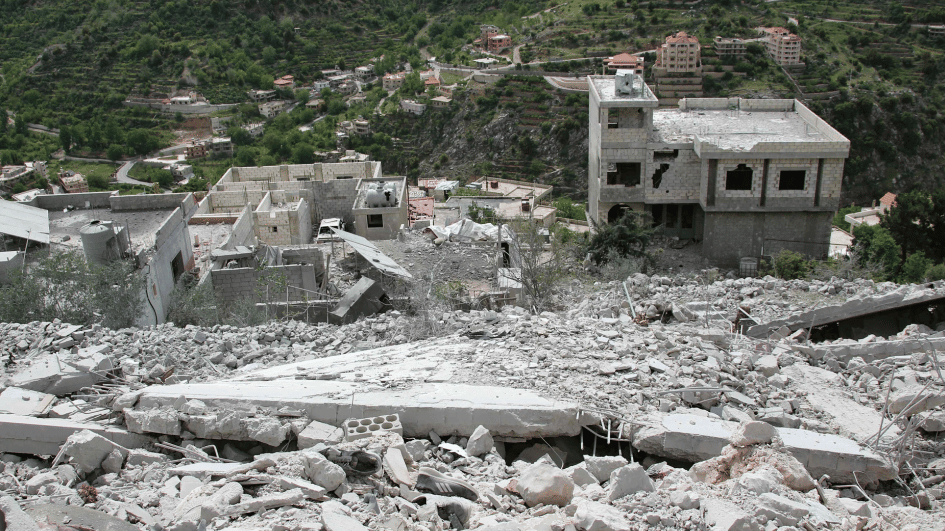Buying missiles or allies?
Adjacent to highly volatile regions, Turkey has been questioning its defense systems for a while and the fact that it lacked a long-range missile defense program has bothered security experts. The veracity of the threat has been confirmed by Turkey’s call on its NATO allies three times since 1991 to protect its homeland from possible missile attacks, with or without nuclear, chemical or biological warheads. Yet every time such a demand was made, it faced undesirable debates within NATO countries on whether to send U.S.-made Patriot missiles to protect Turkey. Obviously, the NATO umbrella does not guarantee continuous, unconditional and automatic protection for Turkey.
While pragmatism and the price tag attached to the creation of such a system independently from NATO forced Turkey to rely on NATO for its defense, its security establishment was not happy about the dependency. Thus Turkey has pushed for an increased share of domestic production of all its weapons systems since the late 1970s. Initiated in the wake of the U.S. arms embargo, it developed into a full-fledged policy from the mid-1980s onwards. Since then, Turkey has been diverting increasing resources to and insisting on the co-production of its weapons systems. Yet, whenever Turkey had to make a decision on weapons procurement, its leaders faced the same dilemma: Go with an expensive NATO-compatible system with only a small option for co-production and technology transfer, or opt for a cheaper alternative with a possibility of technology transfer.
Besides developing an independent force structure with obvious strategic implications, Turkey’s insistence on co-production and technology transfer also makes sense economically. The modern weapons systems are one of the most expensive and technologically most sophisticated pieces of equipment one can buy. Producing them at home saves lots of money and creates jobs. The time and energy invested in acquiring such weapons technology also pays itself back with its spillover effect, pushing further technological advancement in various civilian sectors.
With these things in mind, Turkey has been agonizing for some time about which missile defense system to choose. Finally, on Sept. 26, the decision for the co-production of the FD-2000 missiles with China’s CPMIEC was announced, sidelining bids for the American Patriots, Russian S-400s and French-Italian Aster 30s. The price tag of the FD-2000s, which was about a billion dollars cheaper than its competitors, as well as the offer of technology transfer and co-production, clearly affected the decision.
Yet, as expected, Turkey’s decision has frustrated the U.S. and NATO. They both declared the incompatibility of FD-2000s with NATO systems; the U.S. also stated its concerns about CPMIEC, which has been under U.S. sanctions due to its indiscriminate selling of weapons systems to Iran and North Korea. The U.S. and other allies are also concerned about the possibility of an intelligence leak to China if Turkey goes ahead with its procurement and if they are integrated into the NATO system. Yet, Turkey is clearly opting for a national, rather than NATO-integrated missile defense. The fact that NATO’s new missile defense program, with its radar component in Kürecik, would not be overly useful in protecting Turkish soil in the near future might have affected the decision.
Then there is a Western concern about the Chinese defense technology that has progressed significantly since 1990s and ranks among today’s the five major arms exporters along with the U.S., Russia, Germany and France. This annoys the U.S. both from economic and strategic perspectives. Although Turkey has not intended to deliver a political message to the West with its decision, it would not be surprising to see a fresh debate soon in the Western press about Turkey’s shift of axis.











